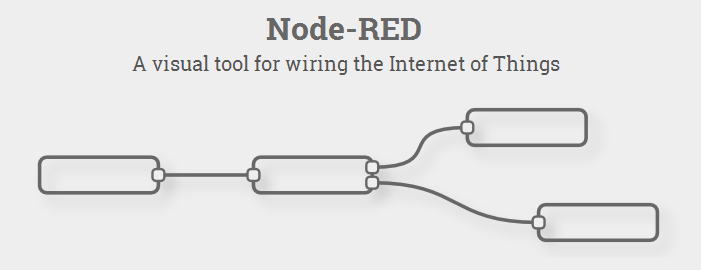Internet of Things (IoT) has opened up a lot of exciting possibilities for businesses. However, building code for myriad devices and application frameworks is not a walk in the park. That’s where Node-RED comes as a big ray of hope for the future of IoT.
Node-RED is developed by IBM and is an open-source alternative development technique. It is a visual tool which runs on Node.js. The official website defines it as - “A tool for wiring together hardware devices, APIs and online services in new and interesting ways.” It contains reusable code which can bridge software and devices into useful systems and help developers build information flows very quickly.
The tool contains a GUI where the users can simply drag and drop blocks that represent modules from other systems such as devices and software platforms. It provides a browser-based flow editor that makes it extremely easy to wire flows using the many wide range nodes available.
Node-RED offers a wide range of node types. There are hardware nodes for development boards such as Raspberry Pi and Arduino, social nodes for APIs from providers like Twitter, network nodes for protocols like HTTP, TCP and storage nodes for file systems and databases.
Since it is an open source project, it fosters an active community of developers. Users can upload nodes and flows that they build and download those created by others. Currently, the system is popular for projects in the home automation space. On February 8, 2015, the latest version Node-RED 0.10.1 was released.
While businesses gear up to the build the next big thing in IoT, there is no doubt that IBM’s Node-RED will accelerate this global movement.
Know more about Node-RED here



%20V5-05.jpg)





